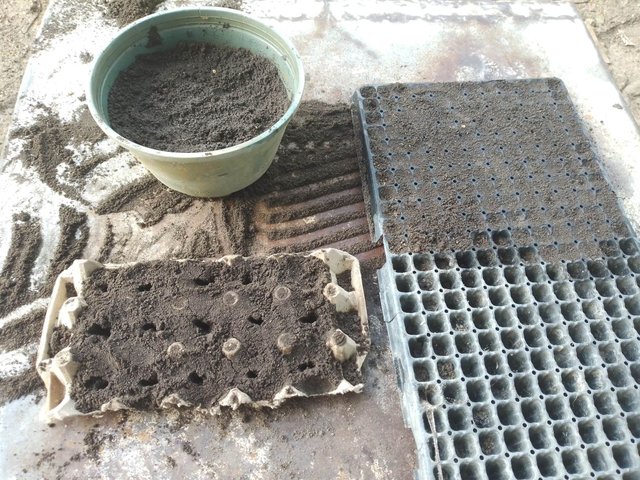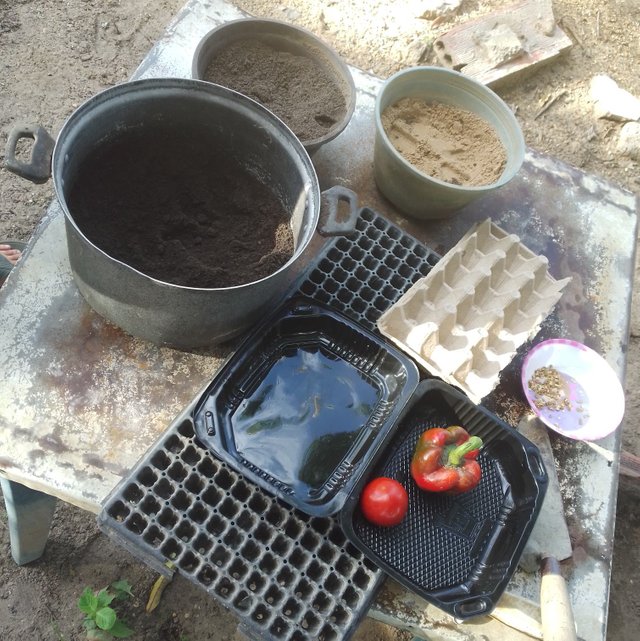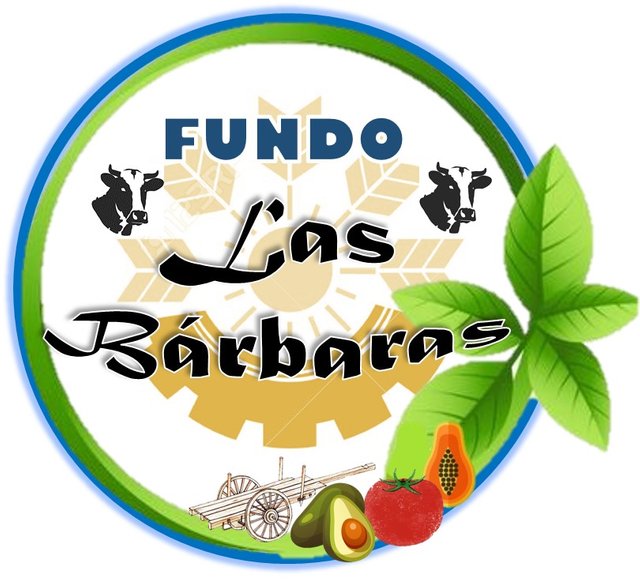Fundo Las Barbara / Preparation of organic seedlings at home / 10% of the rewards go to businessactivity
Cultivating the land is giving life, generating life. When we decide to carry out our cultivation or our garden, many doubts always arise such as: whether to sow the seed directly in the ground or acquire the seedlings in the nurseries or make seedbeds?

The benefit and advantages of making a seedbed is that we can control all factors: luminosity, irrigation, air conditions, relative humidity, which guarantees a high percentage that the silver grows well and at the time of transplantation it does not suffer from the action of carrying it. to the land where it will develop definitively.
A seedbed will depend on the quality of the medium where the seed we want to grow will germinate in principle. It is necessary how the bed will be made where the seed will rest, that is, how the seedbed should be composed, here two basic but very important terms arise, such as substrate and compost (compost).
Substrate: is where the seedlings will develop, that is, it is the bed where the roots of the seedlings will rest. A good substrate must be made up of materials that maintain humidity, aeration, and maintain nutrients in the roots of the seedlings.
A mixture of several types of sand which can be river or black earth, in addition to compounds such as vermiculite and perlite that will help these sands not become homogeneous or sticky and thus give aeration to the roots of the plants basically so that the soil does not cake and can breathe. For economic purposes, perlite and vermiculite, these volcanic rocks can be replaced by coconut fiber sawdust, decomposed wood from fallen trees. Cattle manure. In the case of vermiculite, it can be replaced by an organic compost (organic fertilizer) and worm humus, with these elements we are increasing the percentage of germination in our seedbed.
Compost: is a product obtained by the decomposition of different materials or organic residues of vegetable origin where the final product is a soil rich in nutrients. A way to obtain a totally organic compost can be obtained using vegetable waste that is left over at home every day, such as banana peels, potatoes, onions, eggs, cardboard scraps, dried leaves, grass, cow or horse manure. These materials are placed in a container so that the microorganisms decompose the waste and obtain an ideal fertilizer for any type of plants.
Regarding the place, place or container to make our seedbed, we must always take into account that it is favorable for hydration and helps to maintain moisture and nutrients vital for germination, because depending on the amount of plants we want to sow we can use from trays of germination, buckets, pots. It is recommended that the type of material be plastic, it is not recommended iron or aluminum materials since these with the action of water and earth corrode and can cause detachment of particles that contaminate our seedbed.
Here are the following recommendations when making a seedbed:

If we are going to obtain our own seeds we must select the vegetables in our case select (milky and paprika) these must be well ripe, if possible they are allowed to ripen on the plant itself. We proceed to extract the seeds and place them in a container with water and we keep those that remain at the bottom of the container, those that float are discarded.
To select the milky seed it is important to detach the transparent membrane that the seed brings, pass it through a strainer and let it dry for 4 or 5 days.

Once the seeds are selected, they are placed in a sieve or strainer, they are washed with water and left to dry in the sun for 4 or 5 days in a container or tray uncovered in the open air, taking care not to toast them.
Parallel to the drying of the seeds, we proceed to prepare our substrate, a very basic one that provides many nutrients in addition, it allows to maintain humidity to the roots of the plants and which in our little experience has given good results is the mixture of 40% of black soil or soil for seedlings, 30% organic compust and 30% river sand (coconut fiber, cow or horse manure, decomposed wood, sawdust can also be used). These three previously sieved components are mixed until obtaining a smooth compound that does not cake when pressed.

It is important to keep our substrate hydrated by adding water as a spray, using a spray bottle or watering can for plants.

Already with our prepared substrate we proceed to moisten it through irrigation, with the help of a stick we proceed to open small holes of a depth of approximately one centimeter and place two seeds in each hole, and then with the same stick or with the help of the finger are covered by gently squeezing.


At the end of this step, the seedbed is watered again and it is placed in a cool place covered with a canvas or plastic, to increase the temperature and accelerate the germination process. As for the irrigation, it should be done twice a day, preferably in the morning hours and at the end of the afternoon, as soon as the seeds begin to sprout, they are placed in the sun for six or eight hours.

We can see that with materials and implements that are very easy to get and a lot of effort, we can create a garden at home, at least from the vegetables we consume daily
| Business name: | Fundos Las Barbaras |
|---|---|
| Owner's name: | @Carlosluis |
| Business address: | Anaco, Anzoategui, Venezuela. |
| About us: | https://steemit.com/hive-165917/@carlosluis/or-las-barbaras-estate-or-presentation-of-my-business-from-the-land-to-your-table |

@carlosluis , This is a good topic to share and let us know more about your farm, where today you share this work with the preparation of the seedbed and everything it comprises, to achieve the expected final result.
It is not only about placing the substrate, it is the selection, in this case, paprika and milky, it requires a good selection to bear fruit, of course the good preparation of that seedbed. We hope to see the results at a later date.
You can share more about this interesting topic, about the substrate and its preparation, for the correct germination. We are excited by the great variety of how to prepare the substrate and that in this way the humidity is maintained according to what it should be, so that the seed can generate the plant.
The costs of work to generate income, how you distribute them: how much is your approximate? and / or for the sale of what is produced, what would it be like? Does it depend on the current value for the moment of the coin or do you estimate approximate costs at the beginning of its elaboration?
It is necessary to add the box that is mentioned in the general rules, please correct it in your publication.
https://steemit.com/hive-165917/@oscarcc89/steem-business-activity-or-general-rules-and-join-to-discord-update
Please, I need you to communicate via Discord:
https://discord.gg/Y8ea4nEDBB
Greetings
Thanks for your comments and well regarding this post I only invested a little time, the purpose of it is to show that if we have a small space or garden we can grow our own vegetables at least the ones we use the most, we have no excuse because everything The material used is very easy to get. In future post, I will detail the cats in seed and preparation of the seedbed as well as fertilizers used for planting and of course how to make substrates and organic compost with the materials that we have at home so that the investment of money is very low
The sowing and harvesting process is really exciting, we love to see the work they do within their foundation, it would be nice to see the growth of the new plants later.
Very exciting and passionate, you have to have a lot of patience and dedication, in the future I will show you the results
Excellent publication, it is very complete; also the tips that you show here are great, I hope they serve as a guide now that I will start creating my own garden.
The logo of your company is beautiful, I have loved it.
Thank you for your time, as for the substrate described in the post, it applies to all types of plants, later I will talk about how to prepare as an oraganic post and small homemade recipes to combat insects on plants. Thanks for reading greetings.